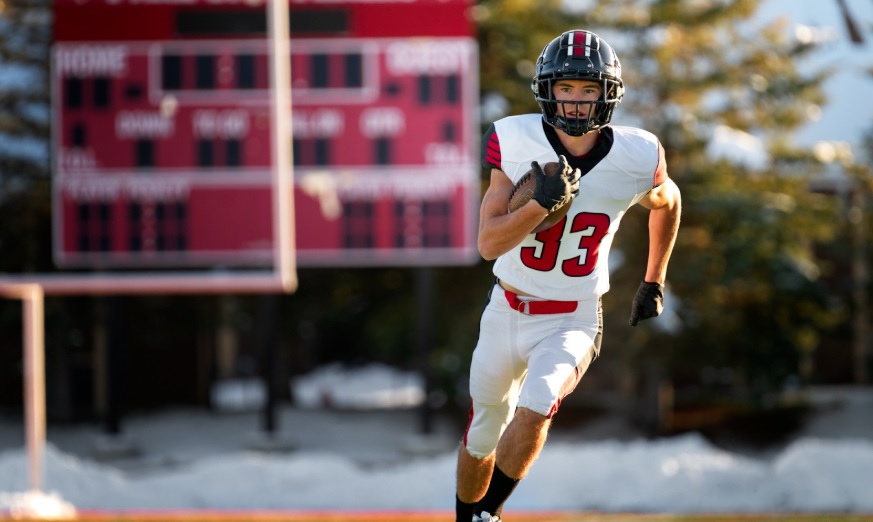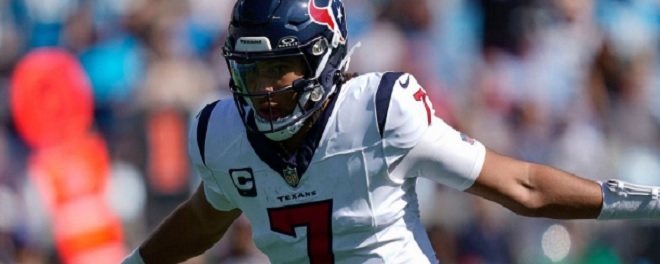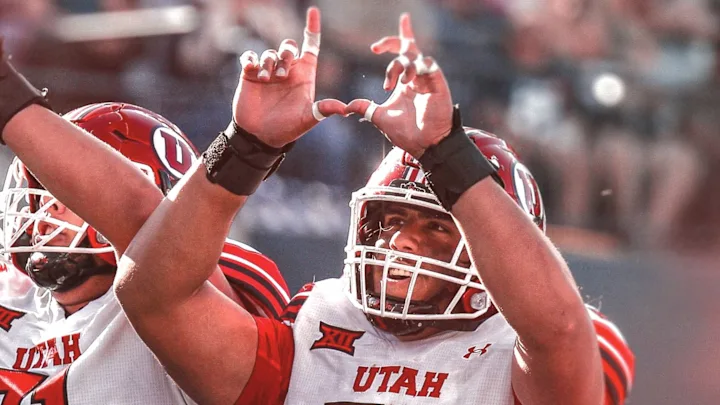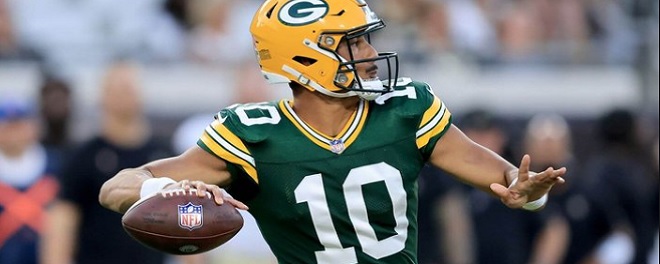College football recruiters talk a lot about versatility. Coaches want players who adapt fast and read the game in motion. That is why the debate about multi sport athletes keeps returning every season. Parents wonder if specializing early gives a better shot at a scholarship. High school coaches often push for players to stay active in different sports year round. Somewhere in the middle, athletes try to choose the right path.
Many division coaches say a quarterback or safety with basketball footwork stands out. Track and field often improves speed and explosiveness for wide receivers and cornerbacks. Athletes who can change direction and manage pressure tend to shine during recruiting. Even sports fans who explore odds and stats apps become curious about player backgrounds, and options like melbet apk android often sit side by side with draft analysis. It all blends into how we view talent development today.
Why Coaches Prefer Multi Sport Players
There is a practical reason behind the hype. A wide range of movement patterns reduces overuse injuries. College scouts like seeing an athlete who runs routes in the fall, shoots on the hardwood in winter and sprints on the track in spring. It signals durability and a competitive mentality.
Data from NFL draft reports backs it up. Over 85 percent of players invited to the NFL Combine once played more than one sport in high school. Many big names came through multiple programs before football became the main focus. Patrick Mahomes played basketball and baseball. Russell Wilson excelled in baseball. Odell Beckham Jr. competed in track. They built balance and coordination long before hitting pro stadiums.
A multi sport athlete shows more than raw skill. They learn leadership in different locker rooms and build confidence through new roles. A talented running back might be a defender during a soccer match and learn discipline while staying in position. Coaches call that football IQ.
Skills That Transfer Well
Every sport brings something useful for a college prospect. Here are common combinations recruiters mention.
- Basketball adds agility plus vertical jumps for defensive backs and receivers.
- Track improves sprint mechanics and stamina for nearly every position.
- Wrestling shapes toughness and leverage for linemen and linebackers.
- Baseball sharpens hand eye coordination for quarterbacks and safeties.
Even punters point to soccer when explaining their technique. When athletes enter camps with a wider skill set, their baseline usually sits higher than specialists.
Real Numbers Recruiters Look At
Coaches do not only look at highlight tapes. They pay attention to measurable improvements.
- 40 yard dash times often drop after a season of track. Quick acceleration shows up during combine testing.
- Basketball players usually gain better body control in mid air which helps receivers win contested catches.
- Strength from wrestling reduces missed tackles because linemen stay low and keep leverage.
Recruits who grow across different sports keep their profile active. When one season slows, another competition gives them film and fresh exposure. That matters for scholarships and roster spots.
Not Always Easy
Managing busy calendars takes discipline. Multi sport athletes juggle offseason clinics, weight training and school demands. Fatigue sometimes hits early. Some athletes feel pressure from one coach who wants them year round. Families must keep communication clear.
Specializing too late may hurt certain positions like quarterback where technique takes time. Kicking is also very technical. For these roles, balance means mixing development with a second sport that builds strength or flexibility.
How Competition in Other Fields Shows Similar Patterns
Fans who love football often follow fantasy leagues or sports style games. Strategy matters there too. Picking players who offer more skills can bring higher upside. Even in entertainment formats like mines casino game, choices rely on calculated risk and knowing when to push forward. The best outcomes come from reading patterns, not relying on one fixed move. Recruiting works the same way. More tools equals more chances to contribute.
College Football Coaches Share What They Want
Scouts mention curiosity first. They like when an athlete tests themselves in new situations. They evaluate how a lineman handles footwork from basketball or how a corner applies sprint training to coverage.
They also watch day to day behavior.
- How does the athlete compete when away from their primary role
- Are they coachable under different leadership styles
- Can they recover well from busy schedules
- Do they show passion for improvement
College rosters need depth. Players must fill roles on special teams or jump into new formations. Being a one trick athlete limits those choices.
What High School Players Can Do Right Now
Planning smart gives an edge.
- Keep at least one secondary sport that complements football.
- Track progress with real data like jump height or sprint splits.
- Rest between seasons to prevent burnout.
- Communicate with coaches about goals.
Highlight versatility in recruiting profiles. Clips from other sports show movement skills that may not appear in football film.
Clear Advantage
Looking at trends in NFL and college football, athletes who stay active in more than one sport usually walk into recruitment day with stronger fundamentals. The game demands quick thinking, acceleration, balance and toughness. All of it grows faster when developed through more than one competitive arena.
Multi sport athletes often arrive more prepared for the unpredictable nature of football. They think fast. They move sharp. They stay healthy. Those qualities help earn scholarships and later compete at the next level when the stadium lights turn on.





